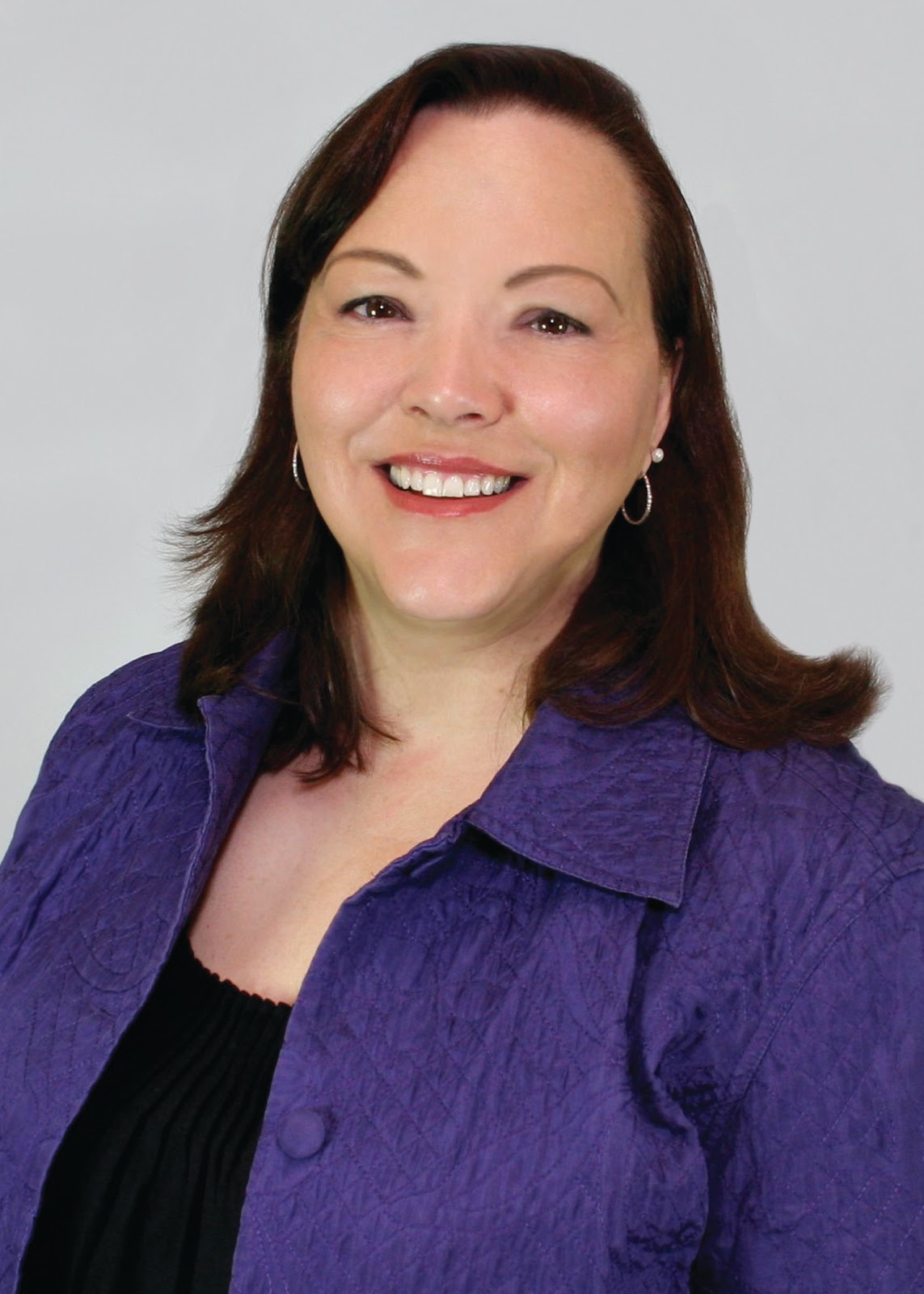Amidst increases in property and violent crime in New Mexico from 2016 to 2017, the latest FBI Uniform Crime Report (UCR) showed a significant drop in the number of reported rapes statewide. However, in the Albuquerque metro area, all crime stats, including rape, were reportedly worse from 2016 to 2017.
In the year span, the prevalence of rape cases in the State of New Mexico as a whole decreased by almost 18 percent. According to the UCR, the Albuquerque Metro area, which is comprised of Bernalillo, Sandoval, Torrance, and Valencia Counties, had a 15.7 percent increase in rapes reported to police.
The UCR’s compiled data for reported rapes per 100,000 people in the Albuquerque Metropolitan Area for the years 2012-2017. Important Note: In 2013, the definition of rape, under which the data was collected, was changed and became more expansive, which partly explains the large increase.
These statistics are consistent with those of Annette Burrhus-Clay, the Interim Director of Central New Mexico’s Rape Crisis Center.

“For the past couple of years, the rate of people the crisis center has served has consistently grown around seven to eight percent a year,” Burrhus-Clay said
The Rape Crisis Center sees 35 percent of New Mexico’s total rape victims each year. Burrhus-Clay said the center will conduct upwards of 500 rape exams during that time.
The Center also provides a 24/7 crisis hotline, therapy, counseling services, and English and Spanish speaking advocates.
“Just this year alone, the Rape Crisis Center Hotline has received over 2,200 calls,” Burrhus- Clay said.
An increase in reported rapes in Albuquerque might be explained, in part, by changes in police reporting guidelines.
Prior to 2013, the UCR’s definition of rape was “carnal knowledge of a female forcibly against her will.” After updating the definition to be more precise and expansive, the rapes reported per 100,000 people in Albuquerque jumped from 41.2 in 2012 to 63.5 in 2013.
Meanwhile, New Mexico, and Albuquerque in particular, have some unique demographics that can help explain the high rates of sexual assault and other crimes. New Mexico is a younger state with a large 16 to 24-year-old age group, which tends to be the peak age bracket for being sexually assaulted.
The percent of ages for both victims and offenders in reports of criminal sexual penetration in New Mexico in 2016, according to the New Mexico Interpersonal Violence Data Central Repository. The Central Repository annually analyzes demographics of both victims and offenders reported from law enforcement and service agencies.
New Mexico also has a large Native American population, a group that is victimized at much higher rates for sexual assault across the country.
Potential reasons that the FBI’s 2017 rape numbers for New Mexico and Albuquerque go in opposite directions might be due to a lack of participation from various law enforcement agencies throughout the state, and possible continuing adjustment to the definition of rape.
Offering a basis for comparison is the New Mexico Coalition of Sexual Assault Programs, which annually analyzes and compiles domestic violence and sexual assault data gathered from statewide law enforcement and service agencies. The data is based on New Mexico sexual assault statutes, and includes statutory rape and incest cases, which the UCR does not.
In 2017, the Central Repository reported a statewide one percent increase in criminal sexual penetration, and a 21 percent increase in the Albuquerque Metropolitan area.
According to Betty Caponera, the Director of the New Mexico Interpersonal Violence Data Central Repository, “approximately one-third of law enforcement agencies in NM do not report to the UCR, but do report to the Central Repository.”
Caponera’s 2017 report cites a total of 1,413 rape cases statewide. The FBI only counted 1,259. Moreover, rapes comprise about 40 percent of all sex crimes reported. When adding other categories, which include criminal sexual contact with a minor, the number of crimes is actually 3,655 statewide.
Even with fuller reports from law enforcement agencies, experts understand that there are still large discrepancies between the number of crimes that occur and the number that are actually reported to police.
Caponera said the data gathered for the Central Repository has shown a consistent trend that one-third of male and female victims of sexual assault do not seek assistance after the assault, but wait a year or longer.
While there are various reasons why sexual assault survivors do not approach law enforcement, the recent #MeToo movement may prove to be a catalyst to inspire victims to seek help.
“It is hoped that this movement continues to embolden victims to speak out and begin the process to reclaim their power and dignity, and to change a culture of silence and victim-blaming, so that sexually inappropriate behavior is no longer acceptable in our society, on any level, by anyone,” Caponera said.
The Rape Crisis Center can be reached at (505)-266-7711 — 24 hours a day, seven days a week.
Follow Sky Willard and Nash Reynolds on Twitter @Willard_Sky and @Nashtag_Rey.